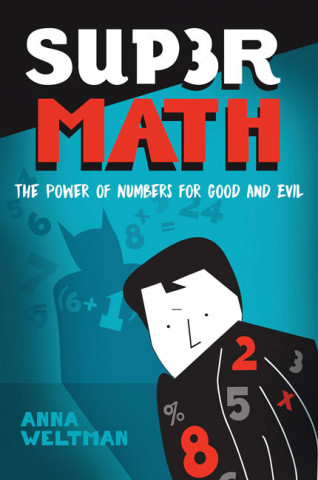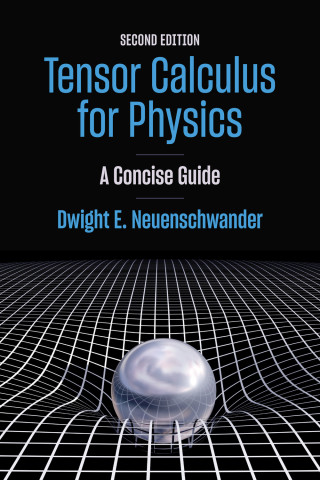
Reviews
A very unusual book!... Every chapter offers a refreshing wealth of surprising connections, gently nudging readers to expand and assimilate their growing understanding of mathematics and its role in society... Highly recommended.
I recommend this book for teachers and college students interested in the role mathematics play in answering the big 'Whys?' of life.
A beautiful narration... Every chapter is well balanced between the mathematical side and the art side.
Book Details
Preface
1. Mysticism, Number, and Geometry: An Introduction to Pythagoreanism
2. The Elgin Marbles and Plato's Geometric Chemistry
3. An Introduction to Infinity
4. The Flat Earth and the Spherical Sky
5
Preface
1. Mysticism, Number, and Geometry: An Introduction to Pythagoreanism
2. The Elgin Marbles and Plato's Geometric Chemistry
3. An Introduction to Infinity
4. The Flat Earth and the Spherical Sky
5. Theology, Logic, and Questions about Angels
6. Time, Infinity, and Incommensurability
7. Medieval Theories of Vision and the Discovery of Space
8. The Shape of Space and the Fourth Dimension
9. What Is a Number?
10. The Dual Nature of Points and Lines
11. Modern Mathematical Infinity
12. Elegance and Truth
Notes
Bibliography
Index






